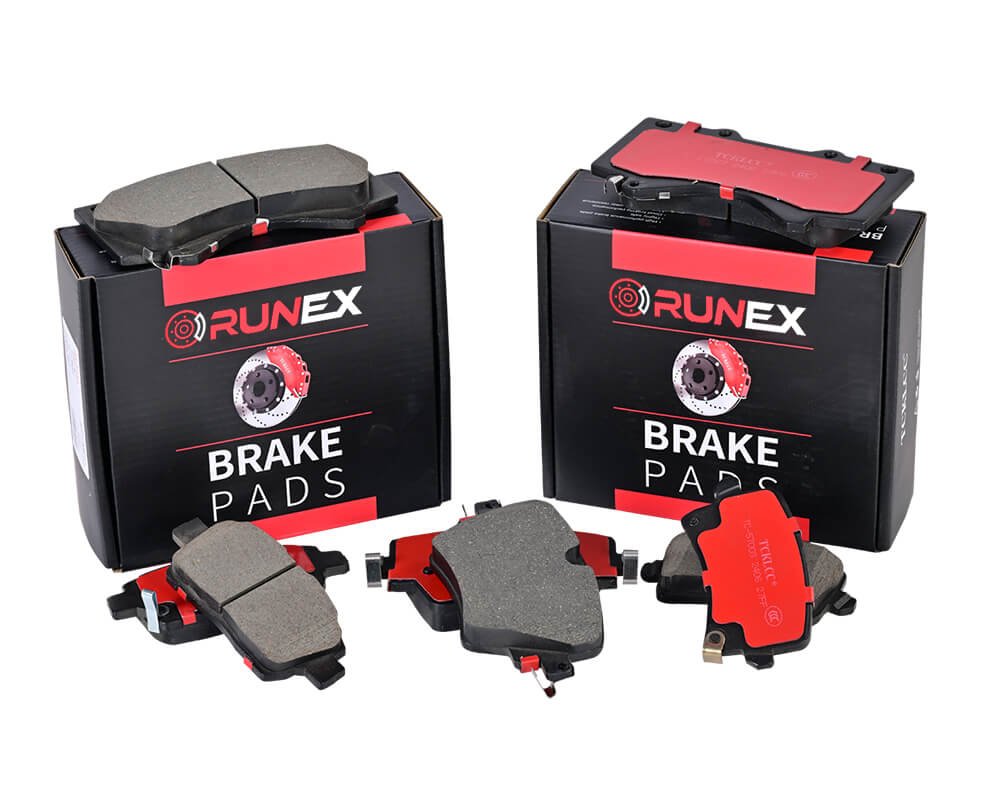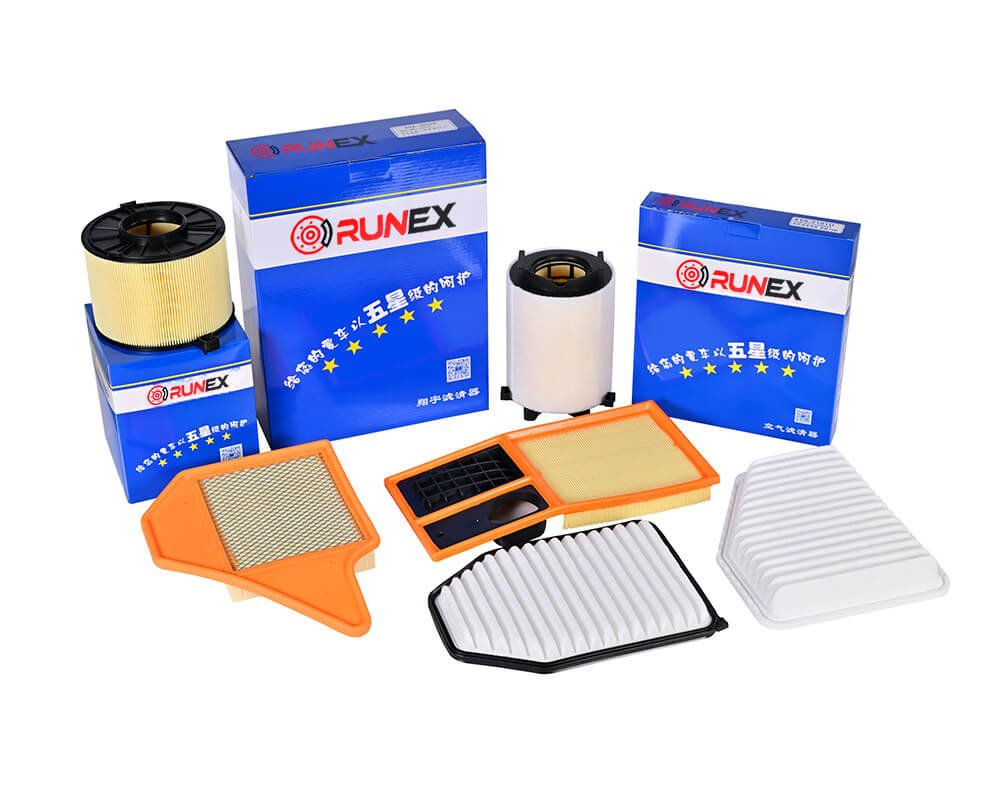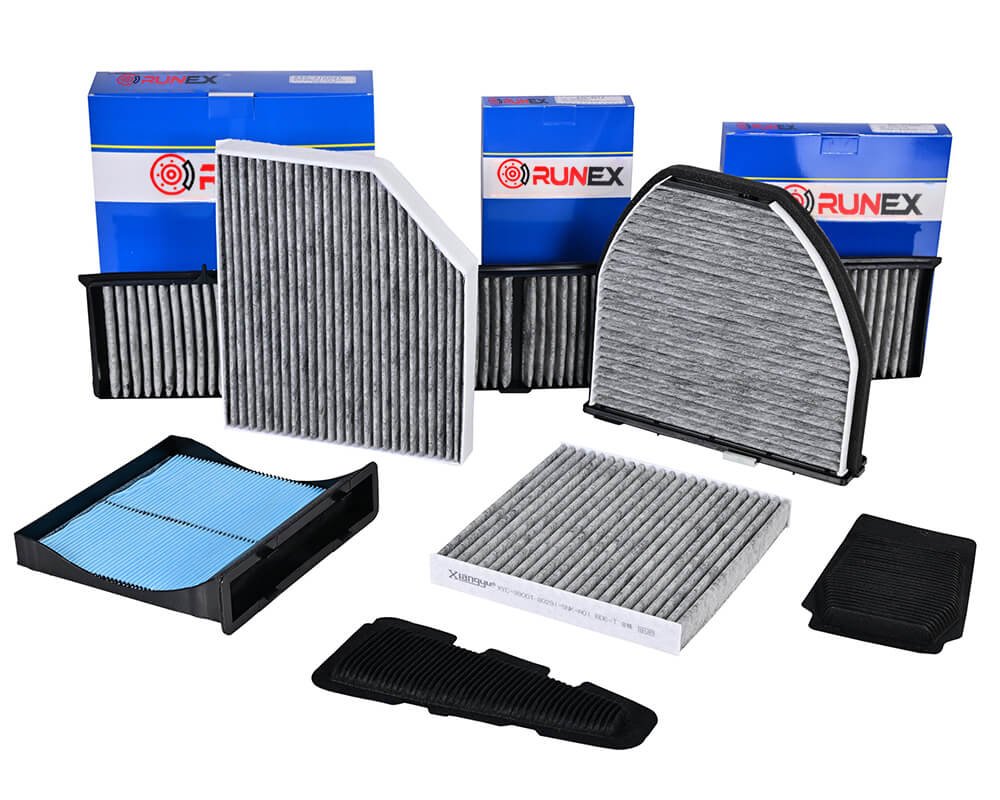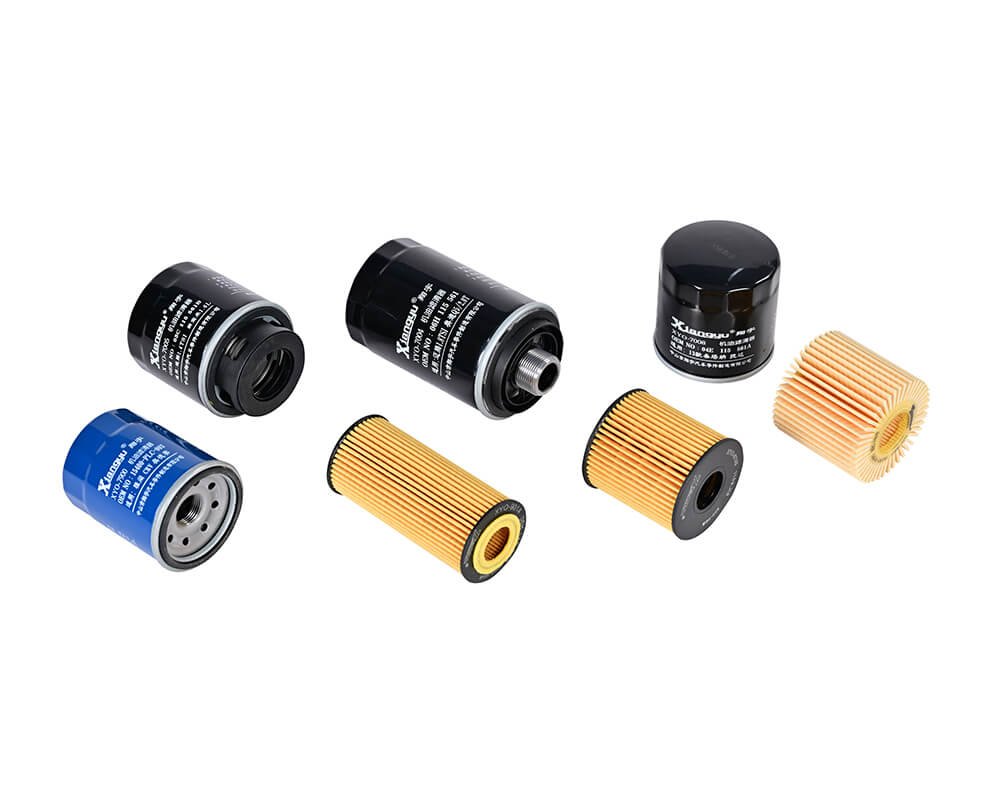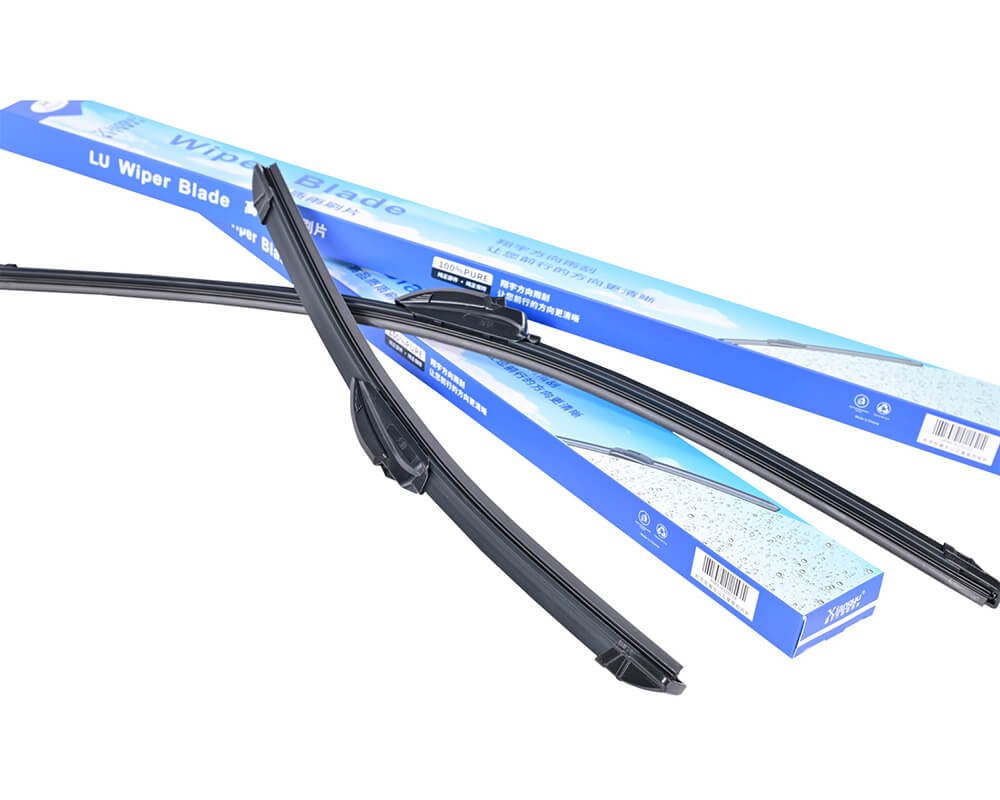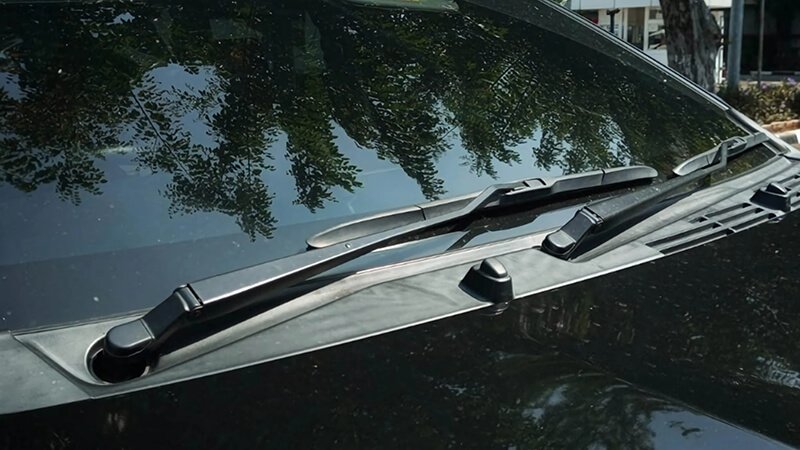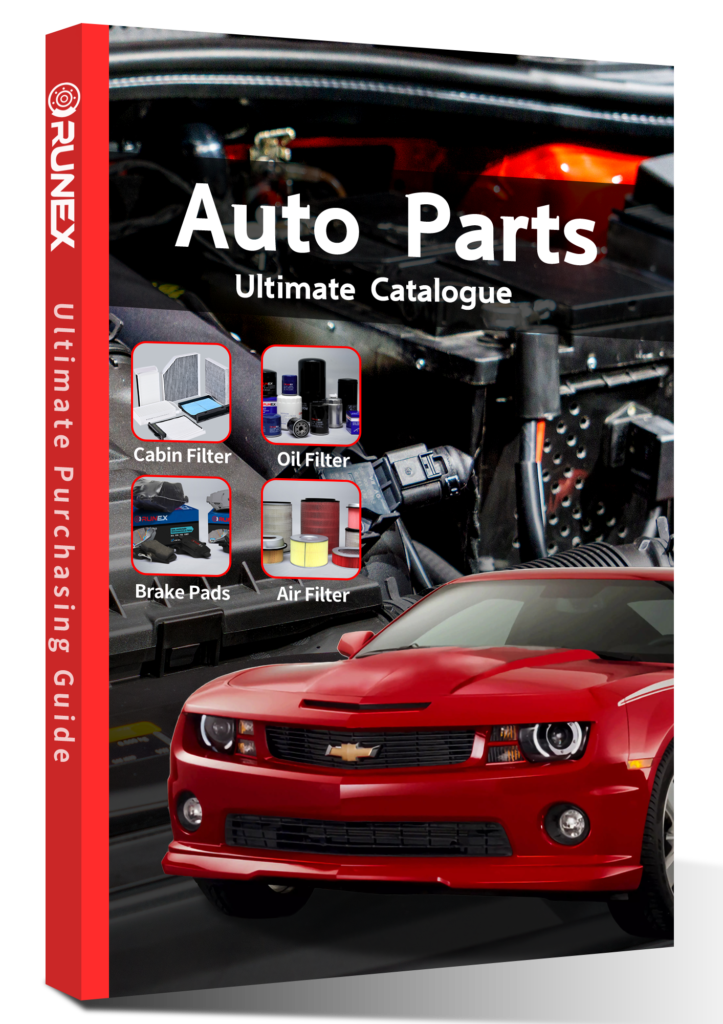The cost of brake pads can vary widely, making it a common question among vehicle owners. How much should you expect to spend on quality brake pads in 2025? Let’s break it down and help you make an informed decision.
In 2025, the cost of brake pads can range from $30 to $150 per set, depending on the quality, brand, and type of vehicle. However, the total cost can also include labor charges and installation fees, which vary by region and service provider.
The cost of brake pads is influenced by several factors, from the type of brake pads to where you get them installed. In this guide, we will cover the various price ranges and what you should consider when buying brake pads.
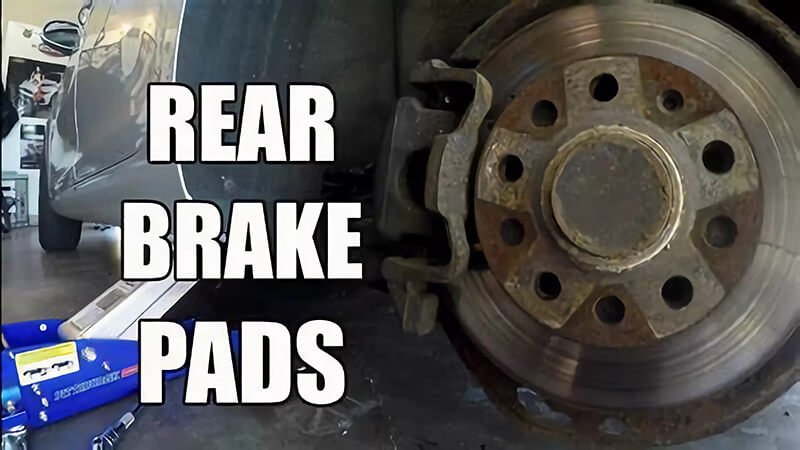
What is the average price to do brake pads?
When it comes to replacing brake pads, many people wonder about the average price they should expect to pay. While brake pads themselves can be affordable, the cost can increase depending on whether you're including installation and other factors. Let’s look into what’s typical in 2025.
The average price for replacing brake pads in 2025 ranges between $150 and $300. This includes the cost of both the parts and the labor for installation, though it can vary based on the type of brake pads and the make of your vehicle.
The price for replacing brake pads can vary widely depending on several factors. Here’s a breakdown of what influences the cost:
1. Brake Pad Type1
There are different types of brake pads, and each comes at a different price point. Ceramic brake pads, for example, tend to be more expensive than semi-metallic or organic pads. Ceramic pads are known for their durability and low noise, but their price can be 30%-50% higher compared to other types.
2. Labor Costs2
Labor costs can add significantly to the price of brake pad replacement. On average, labor costs for brake pad replacement can range from $75 to $150 per axle. However, this can increase depending on your location and whether you're getting service at a dealership, an independent shop, or a quick-lube center.
3. Vehicle Make and Model3
The type of vehicle you drive can also affect the price. Luxury cars or vehicles with advanced braking systems like Brembo brakes will likely cost more to replace brake pads. For example, brake pads for a high-end European car can cost upwards of $400, while pads for standard sedans might be in the $150-$200 range.
4. Region and Location4
The region where you get your brakes replaced also plays a role. Urban areas with higher living costs may have higher labor rates, which can push up the overall price. If you're in a rural area, you might find more affordable prices due to lower labor costs.
5. Additional Services5
Often, when replacing brake pads, mechanics will suggest additional services like resurfacing the rotors or fluid flushes. While these services are not mandatory, they can add $50-$150 or more to the final bill, depending on your vehicle.
| Factor | Cost Range |
|---|---|
| Brake Pads (Standard) | $50 - $150 |
| Brake Pads (Premium) | $150 - $300 |
| Labor Costs (per axle) | $75 - $150 |
| Rotor Resurfacing | $50 - $150 |
| Total Average Cost | $150 - $300 |
Understanding these factors can help you prepare for the costs associated with brake pad replacement and ensure you're not caught off guard by additional charges.
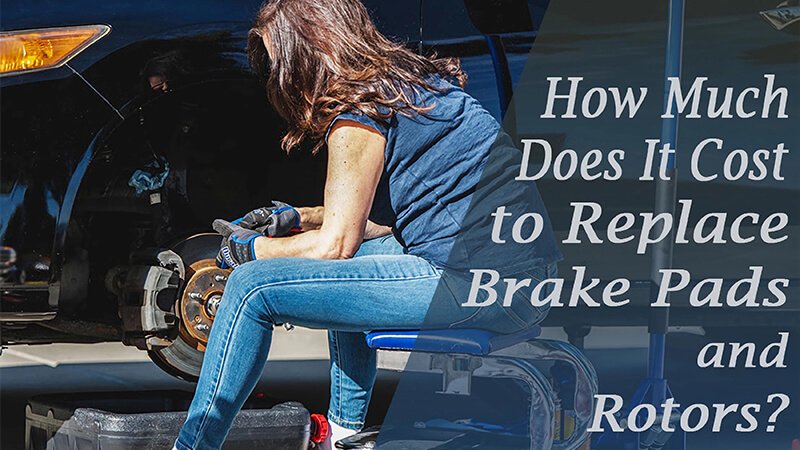
What is the normal price of brake pads?
When looking for brake pads, it's important to understand what a “normal” price is. While the price of brake pads can vary, most consumers want to know what they can expect to pay for a standard, quality set. Let’s break it down.
The normal price for a standard set of brake pads can range from $30 to $100 for most vehicles. However, the price varies depending on the type of brake pad, brand, and the quality you're looking for.
Brake pad prices can fluctuate depending on various factors. Here’s an analysis of what constitutes a normal price for brake pads:
1. Low-End Options6
For budget-conscious consumers, there are brake pads available starting as low as $30 per axle. These lower-priced options typically come from less well-known brands and might not last as long or perform as well under high-stress conditions. They are often made of organic materials or semi-metallic compounds.
2. Mid-Range Brake Pads7
Most vehicle owners tend to choose mid-range options, which can cost between $50 and $100 per axle. These brake pads are often made of a mix of semi-metallic materials, offering a balance of performance and affordability. Brands like Akebono and Bosch offer reliable options in this price range, providing better durability and performance than budget options.
3. High-End Brake Pads8
High-end brake pads, such as those made from ceramic materials, can cost between $100 and $150 per axle. These pads are designed for superior performance, longer lifespan, and quieter operation. Brands like Brembo, Hawk, and EBC are popular in this category. Ceramic pads are often favored by vehicle owners who want less brake dust and smoother braking performance.
4. Factors Influencing Normal Prices9
The normal price for brake pads is influenced by various factors like brand reputation, materials used, and vehicle compatibility. Higher-quality materials like ceramics or advanced composites tend to raise the price but deliver better long-term performance. Always consider the type of driving you do and your vehicle’s requirements when selecting brake pads.
| Type of Brake Pad | Price Range |
|---|---|
| Budget (Organic/Semi-metallic) | $30 - $50 |
| Mid-Range (Semi-metallic) | $50 - $100 |
| Premium (Ceramic) | $100 - $150 |
In general, you should expect to pay between $50 and $100 for a standard set of brake pads, unless you are opting for specialized or premium options.

How much does a set of 4 brake pads cost?
If you're thinking of replacing all the brake pads on your vehicle, you’ll need to factor in the cost for a full set of four. Many people wonder whether the price changes when you purchase a complete set compared to just replacing one axle. Let’s find out.
A complete set of 4 brake pads typically costs between $100 and $400, depending on the quality, type, and brand of the pads. This cost generally includes two sets of pads, one for the front and one for the rear axles.
The price of a full set of four brake pads is often more cost-effective than buying them individually for each axle. Here's what to expect:
1. Standard Sets10
For most standard vehicles, a set of four brake pads costs between $100 and $250. These sets usually include semi-metallic or organic materials and are a good option for everyday drivers. Brands like Wagner and Monroe offer quality brake pads at reasonable prices, typically falling into this range.
2. Premium Sets11
For high-performance vehicles or those requiring superior braking performance, a set of ceramic brake pads can cost anywhere from $250 to $400. These premium options provide better performance, quieter operation, and longer lifespan. They are a great choice for drivers who value low dust and smooth braking performance.
3. Factors That Affect Cost12
When purchasing a full set of brake pads, the brand, materials used, and the type of vehicle all impact the price. Premium brands and materials will generally cost more. For example, a set of brake pads for a luxury sports car or truck may exceed $500 due to specialized requirements.
4. Buying in Bulk13
Purchasing a full set of four brake pads at once can often save money compared to buying individual pads. Additionally, some suppliers offer package deals, providing discounts when you buy multiple sets for a fleet or family vehicles.
| Type of Brake Pad Set | Price Range |
|---|---|
| Budget (Semi-metallic/Organic) | $100 - $200 |
| Mid-Range (Ceramic/Semi-metallic) | $200 - $300 |
| Premium (High-performance ceramic) | $300 - $400 |
By considering the type of vehicle you drive and the performance you require, you can find a set of four brake pads that fits your needs and budget.

How much do brake pads wear per year?
The wear on your brake pads is an important consideration when deciding when to replace them. Understanding how much brake pads wear over time can help you plan for maintenance and avoid unexpected replacements. Let’s explore this topic further.
Brake pads generally wear about 25% to 30% per year under normal driving conditions. However, the exact wear rate can vary depending on driving style, vehicle type, and the material of the pads.
Understanding how brake pads wear can help you keep track of when it’s time to replace them. Here’s a deeper look at the factors that affect brake pad wear:
1. Driving Style14
If you tend to drive aggressively, such as frequent hard braking or high-speed stops, your brake pads will wear down faster. On the other hand, gentle, defensive driving can help prolong their lifespan. People who drive mostly in city traffic with frequent stops will likely experience more rapid wear than those who mostly drive on highways.
2. Vehicle Weight15
Heavier vehicles, such as trucks or SUVs, put more pressure on the brake pads, causing them to wear faster. Lightweight vehicles, such as sedans, generally experience slower wear.
3. Brake Pad Material16
The material of the brake pads also plays a role in how quickly they wear down. Ceramic brake pads tend to last longer and wear slower than semi-metallic or organic pads. While ceramic pads are often more expensive, they are worth the investment for drivers who prioritize longevity.
4. Environmental Factors
Factors like climate and road conditions can impact brake pad wear. For instance, driving in areas with lots of rain, snow, or dust can cause pads to wear faster. Additionally, city driving with frequent stop-and-go traffic increases the wear compared to highway driving.
5. Brake Pad Maintenance
Regularly maintaining your braking system can extend the life of your brake pads. For instance, ensuring that the brake fluid is topped up and keeping the rotors in good condition can reduce strain on the brake pads and increase their lifespan.
| Factor | Wear Impact |
|---|---|
| Aggressive Driving | Faster wear (up to 40% annually) |
| Light Driving (Highway) | Slower wear (10-20% annually) |
| Heavy Vehicles (Trucks/SUVs) | Faster wear (up to 30% annually) |
| Brake Pad Material (Ceramic vs. Semi-metallic) | Ceramic lasts longer (up to 50% more) |
Understanding how brake pads wear can help you stay on top of maintenance and ensure you get the most out of your investment.
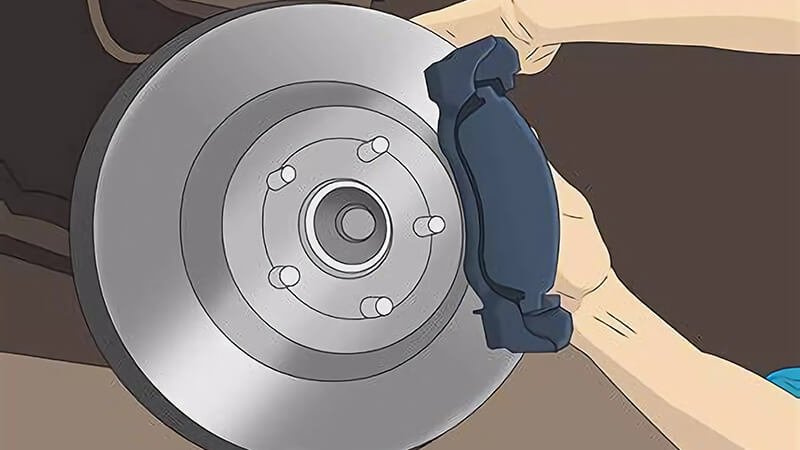
Conclusion
In 2025, the cost of brake pads and their replacement can vary significantly depending on factors such as the type of vehicle, the material of the pads, and the labor costs in your area. By understanding these factors, you can make more informed decisions when purchasing brake pads for your vehicle. Always keep in mind the balance between cost, quality, and the performance you need to ensure your vehicle’s safety and reliability.
-
Provides details on various brake pad types and factors that affect their pricing. ↩
-
Offers an overview of labor costs and influences on brake pad replacement pricing. ↩
-
Explains how vehicle type impacts brake pad costs, including luxury and performance models. ↩
-
Clarifies how regional labor rates and living costs influence brake repair expenses. ↩
-
Details extra services like rotor resurfacing and fluid flushes that can add to costs. ↩
-
Provides information on budget-friendly brake pads, including materials and performance. ↩
-
Explains the balance between performance and affordability in mid-range brake pads. ↩
-
Details the premium features of ceramic brake pads and their price range. ↩
-
Offers an overview of factors influencing brake pad prices, like brand and materials. ↩
-
Provides an overview of standard brake pad sets and brands for typical vehicles. ↩
-
Details the benefits and price differences of premium ceramic brake pads. ↩
-
Explains the factors like materials and vehicle type that influence brake pad prices. ↩
-
Provides information about potential savings when purchasing brake pads in bulk. ↩
-
Offers insight into how aggressive or defensive driving impacts brake pad lifespan. ↩
-
Explains how heavier vehicles increase brake pad wear and affect maintenance needs. ↩
-
Provides details on the durability of different brake pad materials, like ceramic and semi-metallic. ↩


